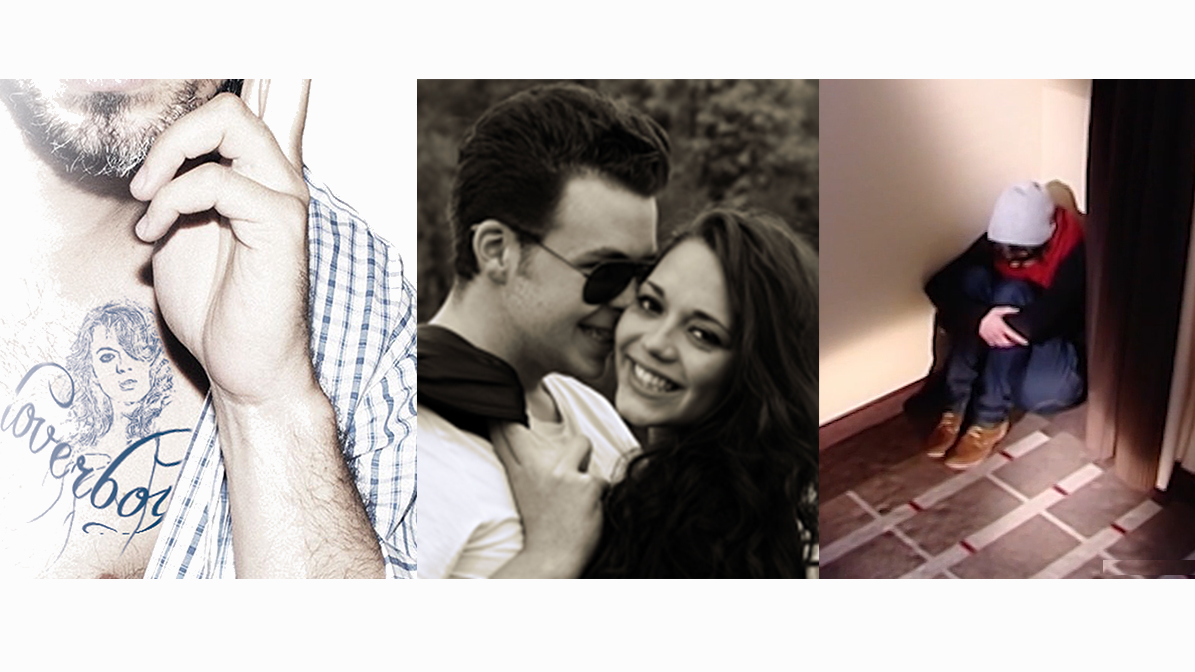 Society
Society


4673647 / 5562336
Gefahr durch Loverboys
Endstation: Straßenstrich
Die erste Liebesbeziehung ist eine schöne Erfahrung – für die meisten. Doch nicht jeder hat so viel Glück. Seit einigen Jahren erfreut sich bei Zuhältern und anderen Kriminellen eine bestimmte Masche zunehmender Beliebtheit, die darauf abzielt, besonders die Unerfahrenheit junger Mädchen auszunutzen.
Sogenannte Loverboys, die meist selbst noch Teenager sind, spielen den Mädchen die große Liebe vor, machen sie jedoch Stück für Stück – und oft unbemerkt vom sozialen Umfeld des Opfers – abhängig. Zuerst emotional, dann durch Drohungen und/oder Drogen. Fortan tut das Opfer nur noch, wie ihm geheißen wird. In der Regel bedeutet das den Gang in die Prostitution.
Der Film klärt über die Vorgehensweise der Loverboys auf und zeigt, warum die Opfer sich so schwer von ihrem Peiniger lösen können. Außerdem begleitet er Bärbel Kannemann, Leiterin des Vereins NO loverboys e. V., bei ihrem Kampf um Aufklärung an den Schulen.
Gemeinsam mit dem umfangreichen Unterrichtsmaterial (klassische und interaktive Arbeitsblätter, Testaufgaben, Lehrtexte etc.) ist der Film sehr gut für den Einsatz im Unterricht geeignet.
Play trailer


Curriculum-centred and oriented towards educational standards
Matching
Computer Games
This film covers the topic of computer games in a variety of ways and from many different angles. Apart from the fascina- tion of computer games for users, the historical development as well as the production of computer games are described. The established genres are introduced, the guidelines of the German BPjM are explained. In light of recent public discussions, a neutral overview of the pros and cons of playing computer games is given, and different kinds of player behaviour are outlined. In this film, the pupils will recognise many aspects of their favourite pastime that encourage an independent, constructive use of this medium and reinforce their media competency. The film and teaching material are very closely related to the real-life situation.
Product Piracy
Counterfeiting takes place in almost all economic sectors – textiles, watches, car parts, machine parts, tools, accessories, software and medicines. Some counterfeits are easy to recognise, others are so well-executed that even experts have difficulty distinguishing between original and imitation. This DVD covers the development of a product from idea to manufacture. Once a product has become a trademark, product pirates appear on the scene.









